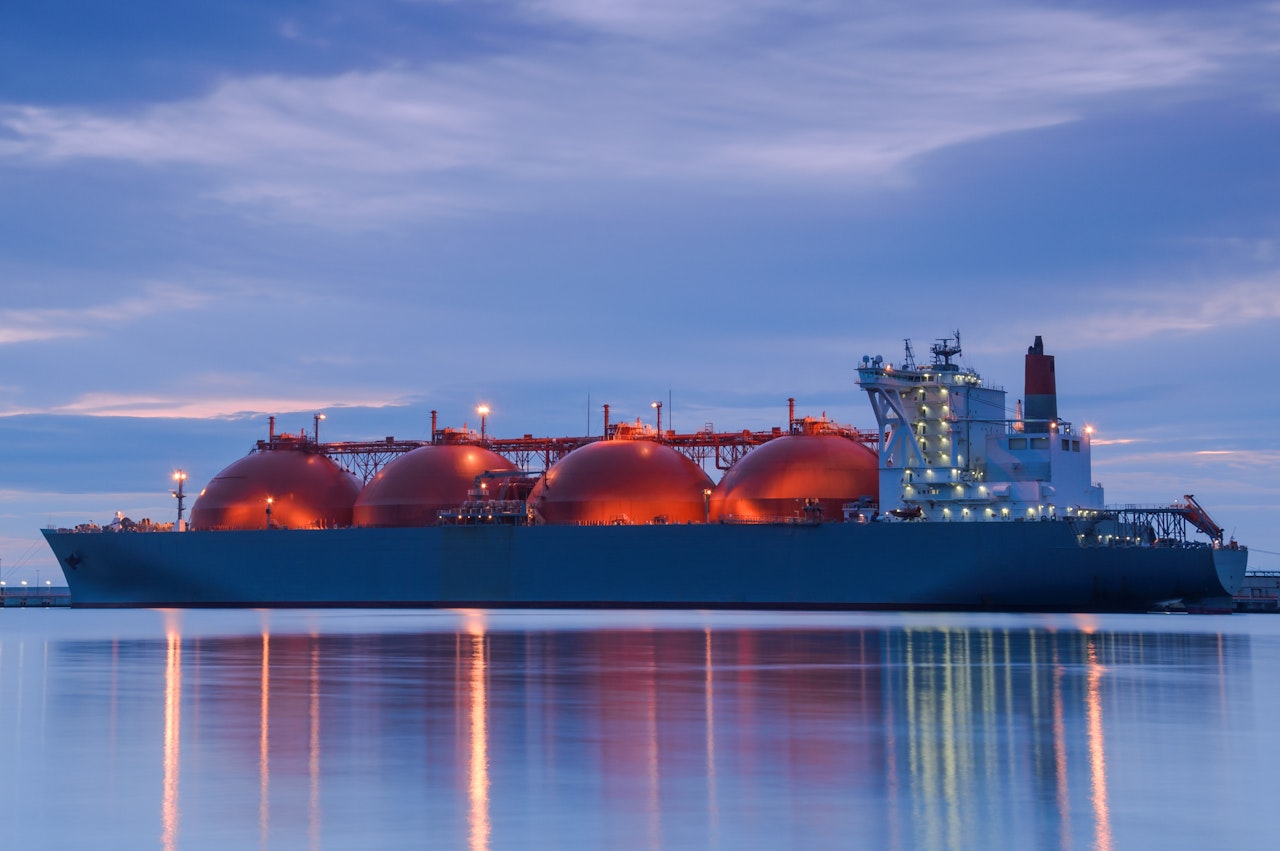Gas 2020
Analysing the impact of the Covid-19 pandemic on global natural gas markets

About this report
Faced with this unprecedented shock, natural gas markets are going through a strong supply and trade adjustment, resulting in historically low spot prices and high volatility. Natural gas demand is expected to progressively recover in 2021, however the Covid-19 crisis will have longer-lasting impacts on natural gas markets as the main medium-term drivers are subject to high uncertainty.
Gas 2020 provides a detailed analysis of recent natural gas market developments, assesses the impact of the Covid-19 crisis in the short to medium term and discusses the main drivers and uncertainties to future gas supply and demand to 2025.
Online table of contents
Executive summary
Natural gas is expected to experience its largest demand shock on record in 2020 as the Covid-19 pandemic hits an already weakened market.
After a slowdown in annual growth in 2019, natural gas consumption was negatively impacted in early 2020 by an exceptionally mild winter in the northern hemisphere. This was soon followed by the imposition of partial to complete lockdown measures in response to Covid-19 and an economic downturn in almost all countries and territories worldwide. As of early June, all major gas markets are experiencing a fall in demand or sluggish growth at best as is the case of the People’s Republic of China (hereafter, “China”). Europe is the hardest hit market, with a 7% year-on-year decline so far in 2020. The global oversupply is pushing major natural gas spot indices to historic lows, while the oil and gas industry is cutting spending and postponing or cancelling some investment decisions to make up for the severe shortfall in revenue.
Although confinement measures are being gradually lifted, our forecasts do not assume that economies recover promptly. As a result, global natural gas consumption is heading for an estimated 4% drop in 2020. All regions are impacted, with mature markets across Europe, North America, Asia and Eurasia together accounting for about 75% of lost gas consumption in 2020. Across different sectors, power generation is the hardest hit, making up half of the total demand decline, followed by the residential and commercial sector and the industrial sector.
In spite of an expected gradual recovery in 2021, the Covid-19 crisis will have long-lasting impacts on natural gas markets. This is because the main medium-term drivers of demand growth are subject to several key uncertainties. Although this forecast aims to provide early estimates for a medium-term recovery path for natural gas, it does not assume market conditions will automatically return to pre-crisis conditions. Natural gas demand is expected to recover progressively in 2021 in mature markets and grow in emerging markets thanks to low prices. But the repercussions of the 2020 crisis on growth are set to result in 75 bcm of lost annual demand by 2025, which is the same size as the global annual increase in demand in 2019.
Most of the post-2021 growth takes place in Asia, led by China and India where gas benefits from strong policy support. In both those countries, the industrial sector is the main source of demand growth, making it highly dependent on the pace of the recovery in domestic and export markets for industrial goods. The majority of incremental gas production comes from US shale and large conventional projects in the Middle East and the Russian Federation, for which the current price collapse and short-term market uncertainty represent a substantial downside risk.
Liquefied natural gas is expected to remain the main driver behind global gas trade growth, but it faces the risk of prolonged overcapacity as the build-up in new export capacity from past investment decisions outpaces slower than expected demand growth.